Stove Pipe Wells Hotel, Death Valley National Monument.
Main St., Big Bear.
Civic Center from Hollywood freeway, Los Angeles.
Main Street, Visalia.
Santa Fe Depot, San Bernardino.
Downtown Bakersfield.
Grossmont Hospital, San Diego.
Parker Inspection Station at Vidal Junction.
Farmer’s Market, Los Angeles.
Country Club Shopping Center, Sacramento.
Bullock’s Department Store, Pasadena.
Danny’s Cliff Chalet, San Francisco.
Travelodge, La Jolla Beach.
Hollywood And Vine, Hollywood.
Jeffrey’s Restaurant, Palm Springs.


















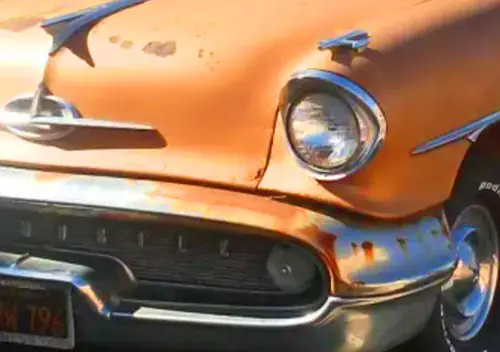
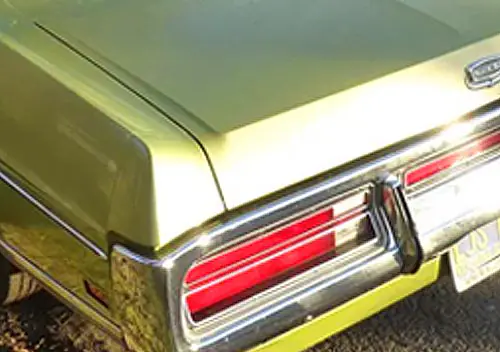
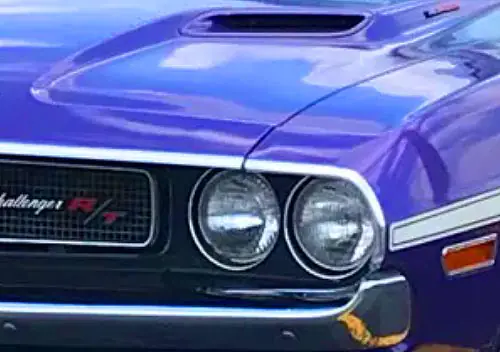


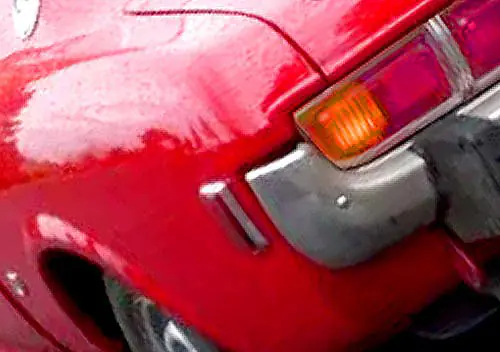

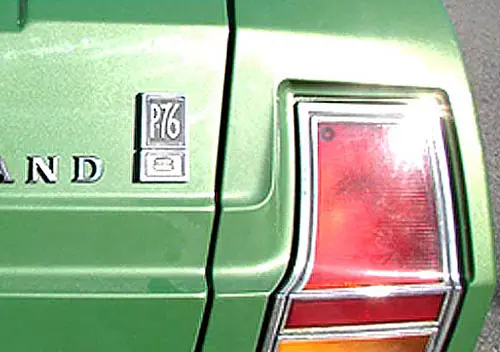
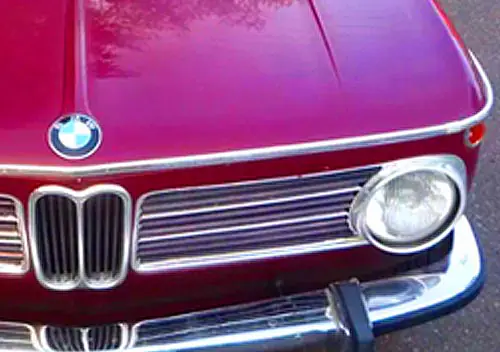

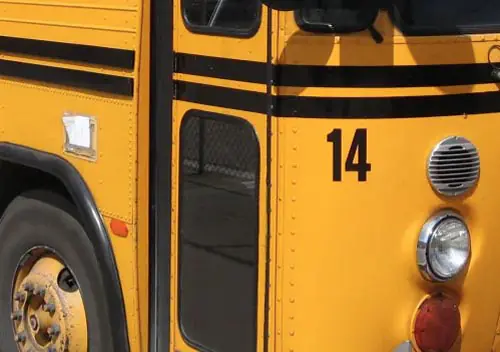
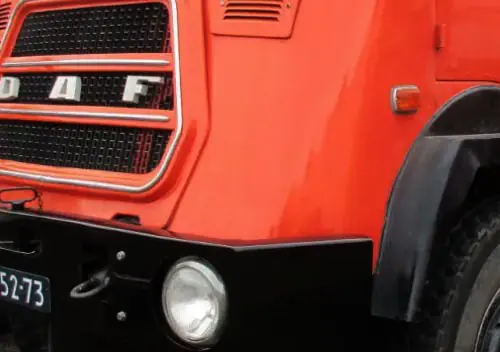
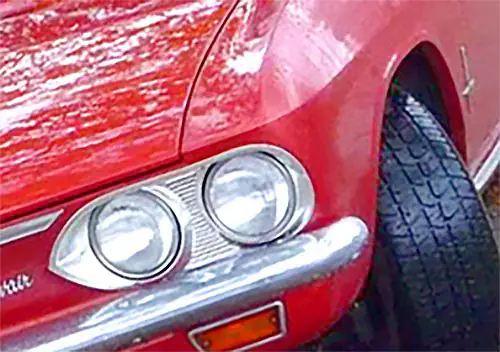
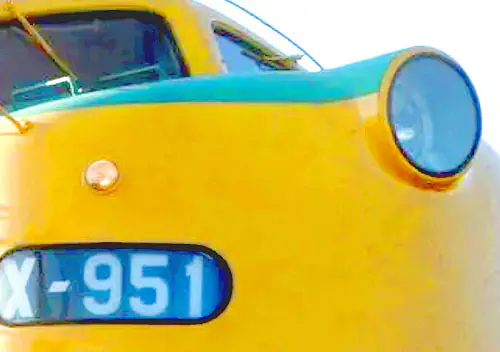
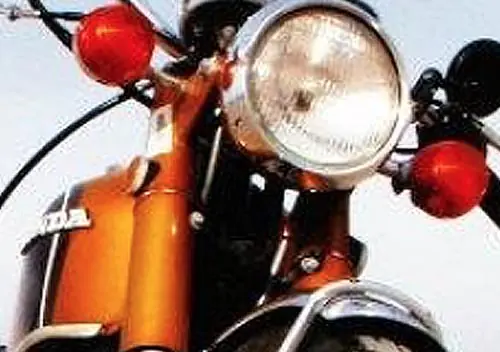
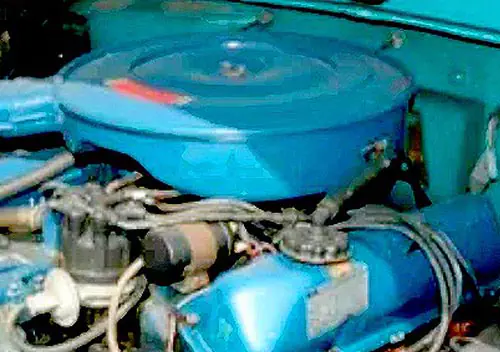
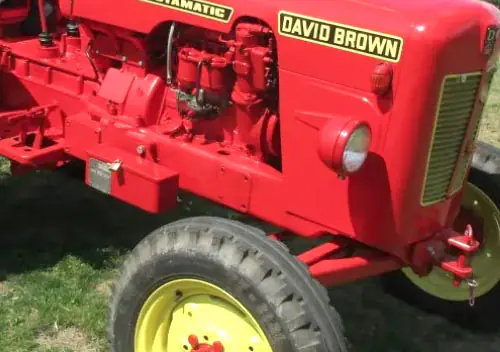
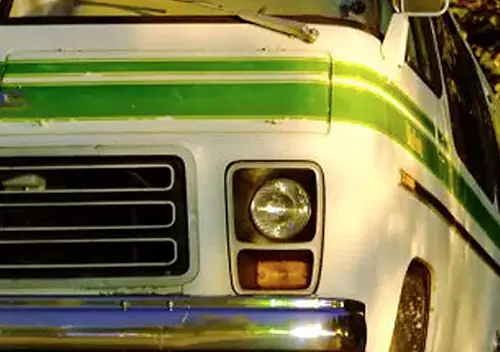

The San Bernardino depot shows a 1930s era car with the trunk converted to a pickup. Most likely this was done during WW2 rationing, as trucks got more gas than cars.
32/34 Ford 5 window coupe, those pickup beds were an aftermarket kit, that discussion may have taken place here at CC?
Nice 47/50 AD Chevy pickup to the right.
That Ford was called a “Coupe Express” and they were reasonably popular into the early 1940’s .
So many great images here, many I know personally .
The Bullock’s on South Lake Av. in Pasadena is still there, I had a very nice lunch on the second floor in 1972 . the building still stands and looks essentially the same .
Sadly, Bakersfield is like an armed camp these days, I still enjoy driving the hilly back roads all ’round it .
-Nate
I look at these photos and imagine how much happier people were in those days with little. I think we need to live at that pace today.
I know I do.
That’s the power of the Kodacolor film stock. It’s a known mood elevator taken through ocular administration straight into the brain. Subjects report immediate relief from depression although heavy dosages can trigger strong waves of nostalgia and subsequent melancholy.
Two little Brits in these, a Consul at Farmers Market and a Vanguard at Cliff Chalet.
I think the second of those is a Morris Cowley or Oxford s.II as there’s the feature pressing over the rear wheel arch not present of the Vanguard phase II.
“Cali” and all those “convert, tops” up?
The SoCal pictures are missing one thing: the smog that often blanketed the region in those days. I arrived in summer 1972 in the era before catalytic converters and it was very bad. The air is still not the healthiest but it is way more comfortable without the eye-watering, cough-inducing yellow/brown overcast. I remember driving into LA from Phoenix that first summer night and the strange chemical smell coming in through the A/C. I still love California all these decades later.
Will take the blue Mustang convertible in Palm Springs.
FWIW, the skies were often added by photomontage on these old postcards, which accounts for their idyllic feel. Some are untreated, but if one goes through many, some of those cloud formations appear and reappear in quite a few.
Smog? Absolutely.
Look at the roadways–the highways in particular. (Higher speed means more throttle opening, therefore higher cylinder pressure–and results in more blow-by) The middle area of the lanes–inside the tire-track area–is darkened by some amount of oil leakage, but mainly by the fumes expelled from the road-draft tubes of the pre-PCV valve-equipped cars.
When I went through Driver’s Training, they were still making a big deal about slick roads at the beginning of a rain. The rain would wash some of the loose/fresh oil from the stained, darkened part of the roadway into the tire-track area, making the pavement “greasy” until enough rain would wash some of the oily mess into the gutter, and presumably “down the sewer”. But the middle of the lane was permanently stained.
Once most of the vehicles with road-draft tubes had been removed from daily use, the dark stripes on the roads mostly disappeared. (The darkened pavement would be replaced due to wear or other roadway improvements, and the “new” paving didn’t get stained.)
The warning of slippery roads immediately following the first rain is still valid. Ask me how I became car number 6 in a 23 car pile-up in the Caldecott tunnel one damp evening about 20 years ago.
Clear “Kodachrome” days were in winter, especially after a storm passed and the onshore winds blew the smog away.
Tailpipe emissions, mostly cured by cats, were only part of the story. Evaporative emissions were a big contributor. Low VOC paints and solvents, for example, were a non-automotive standard help to clean up the air. GM pioneered water based automotive finishes in its Los Angeles area assembly plants.
For me the street scenes depicting the vehicles from around ’48 to ’54 are my favorites.
The body styles with their pontoon-like fenders and fastback designs always take me in.
Thanks for such a great series!
Danny’s Cliff Chalet burned down in 1966. Burning down was a habit of a lot of restaurants that occupied that location from the very beginning. In 1977 the National Park Service acquired the property to become part of the Golden Gate National Recreation Area. The owner of Danny’s continued operating a Cliff House there after rebuilding and under a concession contract. Remolded in 2004 to reflect older times.
I lived in the city pretty much from 1986-1998 yet only had a lunch there once. However, did share an afternoon drinks with friends, many times, to watch the sunset. Closed since the start of the pandemic which also closed Louie’s Restaurant just up the road a bit. Had great views of the old Sutro Bath Ruins and was a favorite spot for breakfast. Drove my new wife, after arriving from the Philippines, all the way over there for breakfast several times so she could see The City and the views.
I’ve stayed at the Stovepipe Wells hotel. Still looks pretty much the same. Big Bear on the other hand looks completely different except for the trees.
Second image with the light colored vehicle coming toward the camera, near the trading post. I can’t for the life of me tell what brand it is. Doesn’t look like anything I’ve seen before. Thoughts?
It’s gotta be a ’48, ’49 or ’50 Packard.
Maybe this… 49-50 Packard.
Thank you Stuart…
I’ll take the ’55 (or maybe a’56) Eldorado Biarritz in the parking lot of the LA Farmer’s Market. Second choice – the ’56 T-Bird in the center.
I have bad news for anyone who thinks the So. Cal. freeways aren’t like greased glass when it begins to rain…..
-Nate